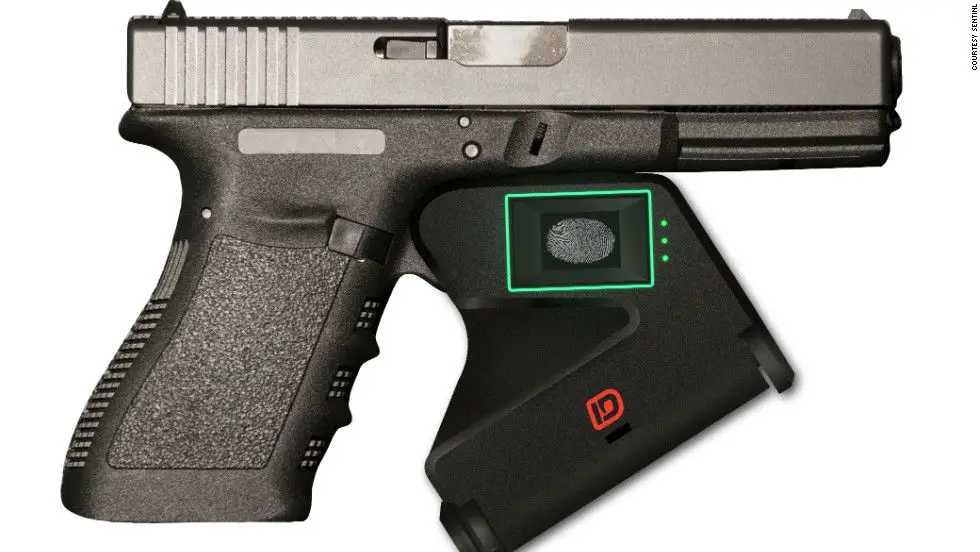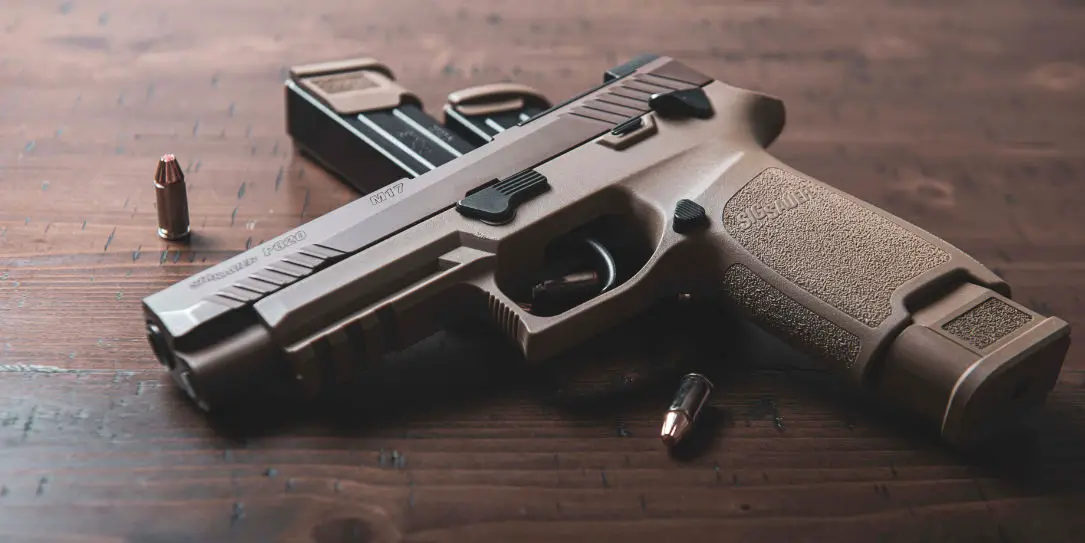Whether you’re a fan of guns or not, you have to admit that we’ve come a long way since the intention of the firearm. Instead of loading a single shot at a time, we have automatic and semi-automatic pistols, rifles and other guns that hold a lot more ammo. We might look back at flintlocks and muzzleloaders for inspiration, but firearm technology is always moving forward. What will the future of the firearms industry look like?
The rise of smart guns
Gun enthusiasts have been arguing against the idea of smart guns for a long time. Using networked technology to keep people safe could easily be compromised by hackers, leaving individuals without the use of their weapons when they need them most. There’s also the potential that such tech could be abused by the federal government, cutting off the use of firearms or using them to track even those that own them legally.
Despite these protestations, smart guns may start making their way into the market — first for military applications and then for consumers. One company is working on launching an AI-based ammo counting program that could help keep track of ammunition fired, and even let owners know when their weapons should be serviced based on use.
This could also be used to keep consumers safe by installing smart chips in privately owned guns. These chips could determine if the user is the current gun owner. This could keep kids from accidentally shooting themselves if they discover a gun in the house, and make stealing guns all but useless. Applications like this have been featured in science fiction for decades, but with new networked technology, it is slowly becoming a reality.
Cybersecurity will be essential as smart guns start to emerge onto the consumer market. It will prevent hackers from breaching the system that monitors these devices. However, as the technology becomes more commonplace, it will become easier to secure those networks.

Next-gen military hardware
The AR-15 platform might be the world’s most popular commercially available semi-automatic rifle, even though it still has some bugs that can be tricky to work out, especially for new users. While the AR-15 itself isn’t used in military form, the M16 and M4 still are, for now. Still, there are plenty of manufacturers that are competing to be the next one to earn that coveted military contract as the armed forces retire their M4 carbine.
Sig Sauer, which already has a contract to produce the Army’s new handgun, is trying to make its way into the rifle arena, too. It’s created a high-tech, low-recoil ergonomic rifle that uses a compact round to increase accuracy and velocity.
Sig Sauer is one of three brands that are competing for that coveted contract, along with Textron and General Dynamics.
HELLADS
While smart handguns and rifles might be an awesome advance in firearms technology, they aren’t the only cool thing that is coming out of R&D these days, especially for military applications. There’s also HELLADS, which stands for High Energy Liquid Laser Area Defense System. It might not be the phasers or energy blasters we see in “Star Trek” or “Star Wars,” but we’re heading in the right direction.
The goal by 2020 is to create a high-energy laser system that is powerful enough to generate 150 kW of energy in the laser while weighing less than 5 kilograms per kW of power produced.
Ideally, these solid state laser weapons will be small enough that military engineers can equip them on devices like trucks, fighters and tanks. Currently, they’re too heavy to attach to anything smaller than a large ship. However, once the technology advances, we could see air and ground battles fought with lasers instead of projectiles weapons — or at least used alongside those more traditional pieces of equipment.
It’s not a handheld phaser or blaster pistol, but if we move away from projectiles as the primary ammunition for military weapons, privately-owned weapons could follow suit. However, it isn’t likely to happen for quite some time.
Railguns
As we start moving into outer space — and either make fun of or consider joining the newly minted Space Force — one question continually comes up. How do you manage to create a weapon that you can use in the vacuum of space? Traditionally, our ranged weapons and firearms rely on a contained explosion to propel a bullet forward. That explosion relies on one thing that’s missing in outer space — oxygen.
In some science-fiction shows, this is overcome by putting the firearm inside a spacesuit or special pressurized case. However, outside of some very specific circumstances, this isn’t going to be practical.
That’s where railguns come in. These weapons still use solid projectiles similar to bullets, but instead of relying on combustion to propel them forward, they use electromagnets to create an incredibly powerful magnetic field. This throws the projectiles out at incredible speeds, sometimes faster than Mach 5.
Right now, portable railguns aren’t possible, at least not with current technologies. They require massive amounts of energy to propel their projectiles. Currently, available railguns are enormous and mounted on military vessels that can satisfy the weapon’s power requirements. If we find our Space Force needing weapons in the vacuum of space, we might be more inclined to develop handheld railguns.
Science fiction becoming fact
Just 50 years ago, much of the technology we take for granted today, from cellphones to surgery robots, only existed in the minds of science-fiction writers. Technology changes everything it touches, and that includes firearms. It might not be long before we’ve got smart guns in our homes, which should keep people safer.
We might not have handheld railguns, phasers or blaster pistols for a while, but one thing is certain — we’re heading in that direction. We’ve seen things that we’ve enjoyed in science-fiction stories in the past become fact over the last few decades. There’s no telling what the next 10, 20, or 30 years might bring, but it will be exciting to see.
What do you think about the future of firearm technology? Let us know in the comments below or on Twitter, Facebook, or MeWe.
Last Updated on February 3, 2021.











